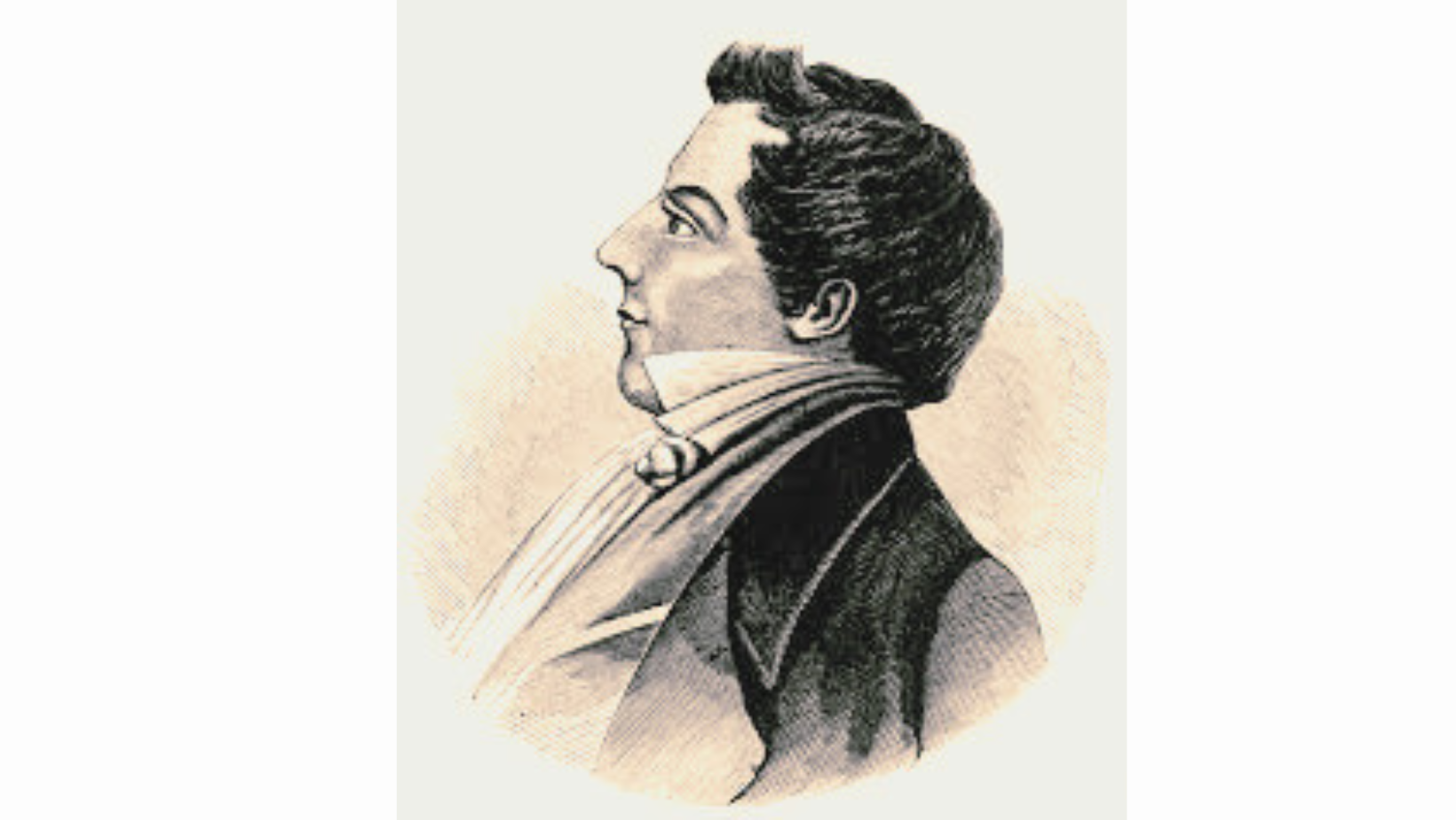Blog
Letter to the Editor: Regarding Stan Larson's Summer 2014 article
December 3, 2014
Editor, Dialogue: A Journal of Mormon Thought
I have read with interest Stan Larson’s article, “Another Look at Joseph Smith’s First Vision” in volume 47, issue #2 (summer 2014). I commend Larson’s research, thoughtful analysis and writing. I do have some negative comments, however. The first concerns Larson’s words on archival practice on page 41: “Because we know that the missing pages were kept in the office safe of Joseph Fielding Smith, it is unlikely that the leaves were removed simply in accordance with the archival practice of separating collections based upon content (italics mine). While Larson is probably correct that this practice could not be the only reason for the separation, he errs that this practice was or is an archival practice. One of the primary archival principles is that of provenance. Provenance requires that materials be organized by the creator; materials are not separated from other materials coming from the same creator, regardless of how diverse the subject matter (italics mine). Librarians usually organize by subject matter; archivists do not. Correct archival practice would have forbidden the separation of the three leaves from the original ledger.
Given that non-archivists frequently supervise archivists, and that in this case may have required the separation, good archival practice would have included insertion of a note into the ledger or attached to the cataloging record of the ledger, indicating when the separation occurred, by whose order, and where the removed material was stored if known by the archivist. What has happened here is a violation of archival principles, not an accepted archival practice.
I quibble with Larson’s stating that the date of the excision is established at the earliest as 1930 (see page 40). What his evidence supplies is a beginning date for the repair, the use of cellophane tape, but the excision could have been done earlier. This is, of course, a quibble; the date of the excision does not alter the probability that someone in authority had the pages excised and sequestered. Other details Larson provides do suggest, at least to me, that this authority was Joseph Fielding Smith.
James F. Cartwright,
Archivist, Retired
University of Hawai‘i


 Back to all blog articles
Back to all blog articles

